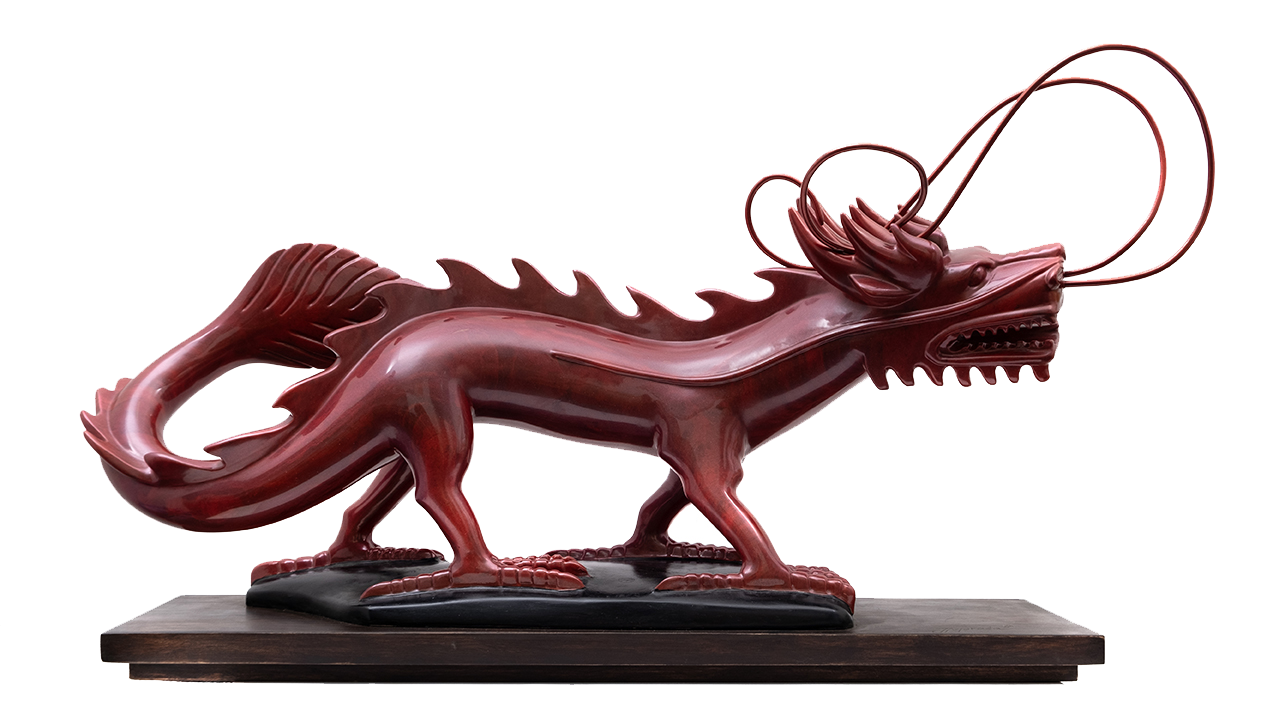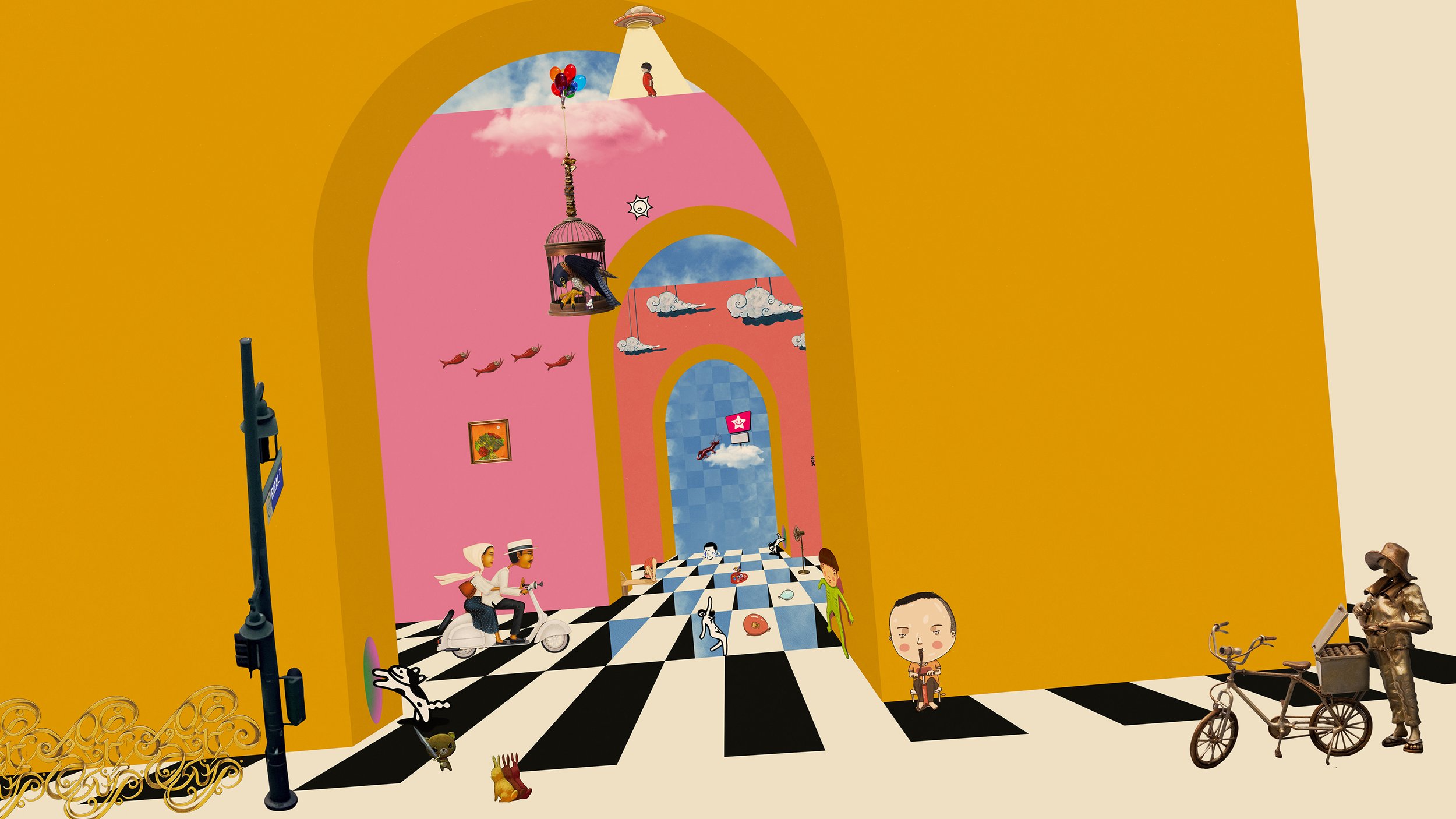Cultivating the Contemporary: MoCAF Returns this 2024
Words Mara Fabella
In a year full of vibrant art fairs and a bustling local art scene, event organizers aim for ways to stand out. For the team behind the Modern and Contemporary Art Festival (MoCAF), this means working toward a more diverse, responsive, and more than anything, inclusive artgoing experience. This July 2024, MoCAF returns for its third edition at a new venue with both new and returning artists, galleries, and collaborators. As its success and network continues to grow, MoCAF strives to continue highlighting the resilient power of Philippine art and the many voices that uplift it.
MoCAF began as a flagship project of Art+ Magazine and was initially supposed to debut during the pandemic period. The first MoCAF eventually launched in July 2022 in Fairmont Hotel in Makati. MoCAF has stood by its commitment to showcasing both modern and contemporary artists, giving a platform to both established and emerging artists alike. This inclusivity has extended to different partners, from artists, to galleries, to collectives, to vendors and sponsors. Since its inception, MoCAF has grown into its own entity, marking another busy yet exciting time in the year for the public to enjoy art.





Throughout the years, MoCAF has sought to create an art fair for everyone—viewer, collector, and artist alike. For festival director Coleen Wong, this means fostering a “collaborative community.” More than focusing on the spectacle of the fair, the team behind MoCAF strive to build a platform to support artists and give opportunities to creatives at different points in their careers. For Wong, what sets MoCAF apart from other art fairs is the way they aspire for a more accessible experience. Past MoCAF events introduced MoCAF XP, a series of immersive pre-festival events, including bazaars, workshops, and intimate gatherings, designed to create a freer and more dynamic engagement with art for the public. To a general crowd, there is still a notable distinction between these smaller bazaars and perceivably high-end art fairs. As MoCAF XP returns this year, the team seeks to bridge this gap or else eliminate it entirely. For Wong, the goal is, “to create a healthy environment in the art scene in a way [where] we are helping each other build this community.”


The fair returns this year with over 60 new and returning creatives and groups. A key new partner for this year is the event venue itself. For the first time, the festival will be moving from its previous venue in Makati to Marquis Events Place in BGC. With a much larger space, the fair can now accommodate more galleries and concessionaires, both within and around the venue proper. BGC itself also provides a lively and colorful backdrop for all the art activations and expansion events the fair has in store. In MoCAF, forging connections does not stop at artists and collectives, but extends to sponsors and partner venues. The team behind the fair is constantly looking for new partnerships to allow its already large community to continue to grow.




In today’s densely packed landscape for the arts, how does one define “modern” and “contemporary?” The terms are often used interchangeably, and more often than not become buzzwords to signal a collective but vague expression of the current. Why, then, is there a need to distinguish between the two for MoCAF? Modern art is rooted in art history and marks a point where art began to evolve into a less traditional, freer version of itself. For Wong, this is seen in the art of those viewed today as the masters whose works eventually paved the way for the younger proponents of the contemporary to take root. While modern artists are a reminder that art has evolved, contemporary artists show the way art, by necessity, must continue to evolve to meet the rapidly changing needs of the present. This duality is reflected in the artists of MoCAF, ranging from some of the most established names, with works that have been exhibited for years, to younger, emerging artists whose works reflect distinct sensibilities and social realities. This meeting of styles can also be seen in the MoCAF team itself. Wong observes a “meeting of perspectives,” where more seasoned collectors work with the younger team members. “We really all are learning from each other,” Wong says.






One of the fair’s returning programs this year is MoCAF Discoveries, which shines a light on the new, younger artists shaping the landscape of the contemporary art scene. With 14 returning artists from last year, this edition of Discoveries brings together a total of 28 young artists, all handpicked by the team to illustrate both the collective dynamic voices of today’s artists and its unique individual hues. Bringing all these new voices together has always been an integral part of the fair. “Who knows?” Wong ponders. “We may get the next Amorsolo.”



MoCAF 2024 welcomes several returning and new partner galleries. Among the roster for this year are Galerie Stephanie, Kaida Contemporary, Arte Bettina, Fundacion Sansó, Ysobel Art Gallery, Art for Space PH, Village Art Gallery, and Cartellino. A special exhibit will feature works by master artists and national artists alike. Artists with solo exhibits include Katrina Cuenca, Michael Cacnio, RV Basco, Dominic Rubio, and Wrenn. The fair also welcomes other creative groups working outside of the conventional sphere of fine art. Making their fair debut is independent bookstore Everything’s Fine PH, which lends its platform to local authors and artists alike and is strongly advocacy-driven at its core. Designer RIOTaso will have a booth for her sustainable fashion pieces. Art Caravan PH will have a booth for their art supplies and will be holding a workshop prior to the fair together with Very Good Gallery, also making its fair debut. MoCAF Dialogues will also be part of the programming this year, featuring talks for members of different members of the art scene—artists, collectors, and gallery staff.



With such a wide array of art events, from high-end art fairs to smaller creator-centered markets, the question of burnout may be floating among minds of fairgoers, artists, and organizers alike. Reflecting on this busy time for Philippine art, how does one keep up productive energy while also sustaining a supportive environment for all involved? For MoCAF, Wong stresses the importance of space—space for fairgoers to take their time enjoying the art and for artists and gallerists alike to put together a show at a more feasible pace. In a festival that highlights the contemporary and what is often perceived as fast-paced, MoCAF acknowledges the gradual and rewarding nature of experience. To plant seeds for the new, one carefully and mindfully nurtures the soil it grows from.


